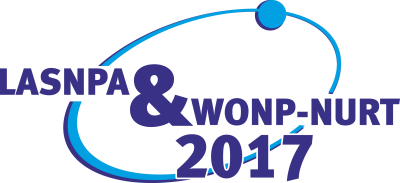Speaker
Description
We report the generation of a pseudovector electric current having imbalanced chirality in an electron-positron strongly magnetized gas in QED. It propagates along the external applied magnetic field B as a chiral magnetic effect in QED. It is triggered by a perturbative electric field parallel to B, associated to a pseudovector longitudinal mode propagating along B. This mode is associated to the chiral charge density in a massive charged medium in the context of QED. We do not introduce a chiral chemical potential, this term usually used in the literature is not well defined, because the axial charge is not conserved. However, an electromagnetic chemical potential was introduced, but our results remain valid even when it vanishes. A nonzero fermion mass was assumed, which is usually considered vanishing in the literature. In the quantum field theory formalism at finite temperature and density, an anomaly relation for the axial current was found for a medium of massive fermions. It bears some analogy to the Adler-Bell-Jackiw anomaly. We obtain that the pair creation process, due to longitudinal photons (out of light cone), induces an imbalanced chirality and contributes to the chiral current along B. We also discuss about the introduction of a chiral chemical potential in the quantum field theory formalism at finite temperature and density, specifically in the frame of electroweak theory.




